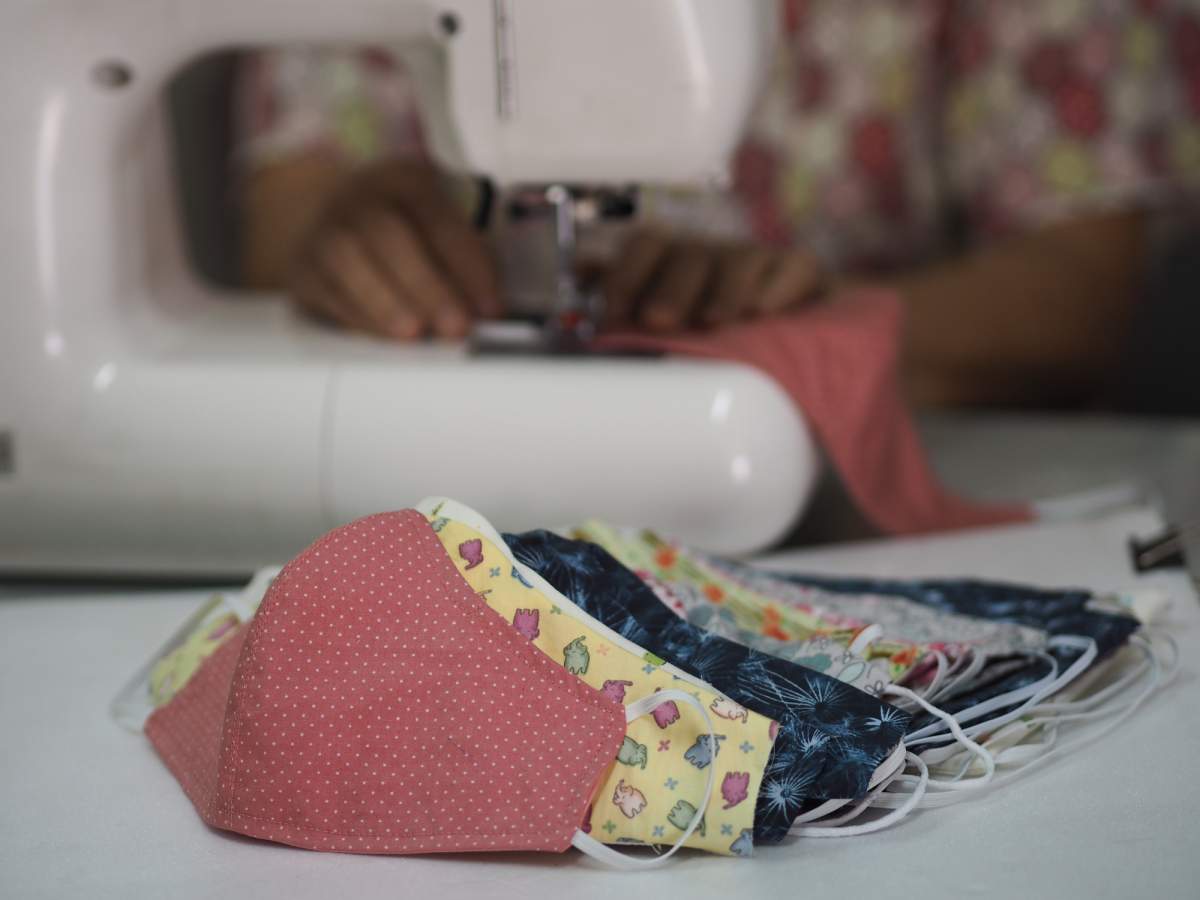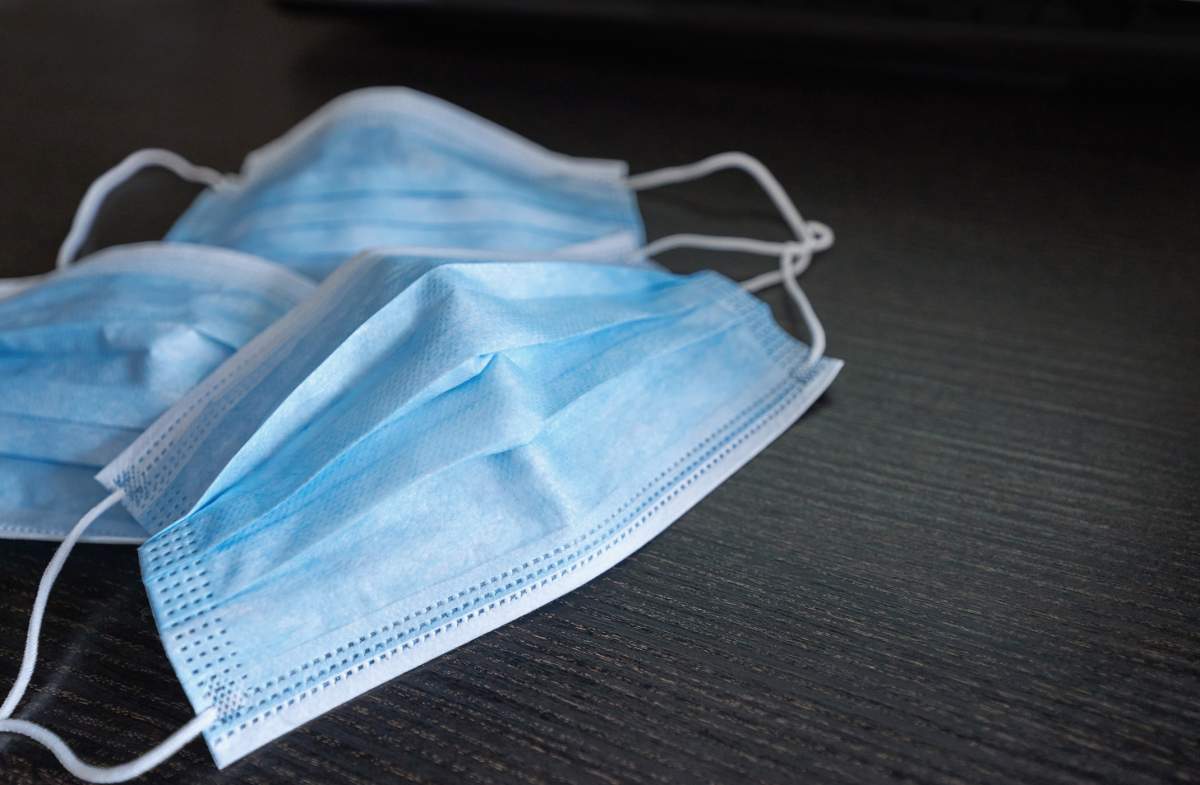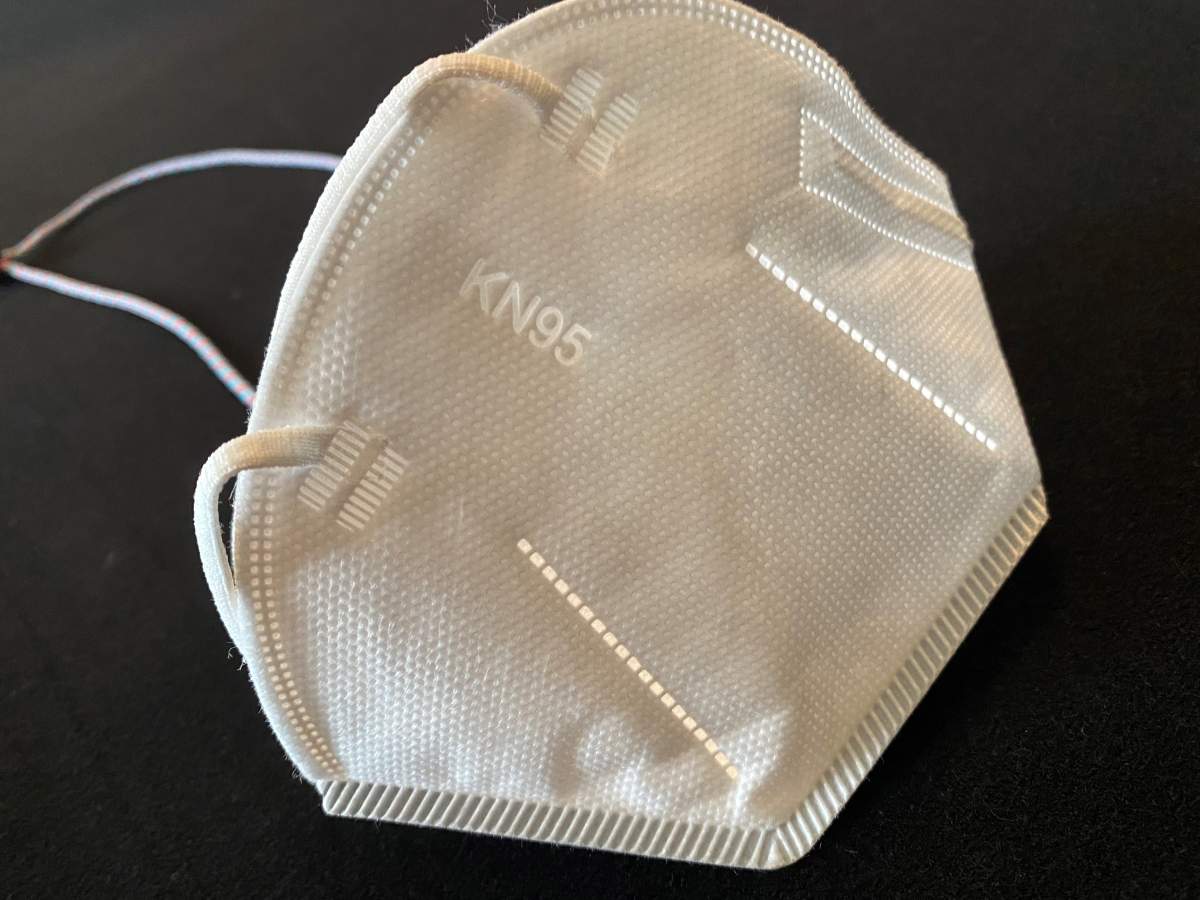As COVID-19 continues to evolve, so does masking up.

To remedy any confusion that might be surfacing around masks as the Omicron variant circulates, here’s a run-through of the different types available, how to use them correctly and where to find them.
Homemade cloth mask:
- Ineffective if worn as a single layer.
- If nothing else is available, Health Canada recommends they be worn as two tightly woven cloth layers with a filter between.
- Ensure mask has a snug fit.
- Wash hands before and after adjusting the mask, putting it on and taking it off.
- Store in a clean paper or cloth bag between uses.
- Wash in soapy water after each use.
- Dispose of the filter layer after each use.
- Available commercially.
Medical mask:
- Somewhat effective on their own, but gaps on the side of the mask don’t provide the best seal.
- Best worn with a cloth mask over top for proper fit.
- Wash hands before and after adjusting the mask, putting it on and taking it off.
- Store in a clean paper or cloth bag between uses.
- Typically single-use, but can be reused until visibly damaged, dirty or damp.
- Available commercially.
KN95 mask:
- Effective due to the fit and filtering capabilities.
- Highly similar to the N95 respirator; the main difference between the two is the manufacturer.
- Wash hands before and after adjusting the mask, putting it on and taking it off.
- Store in a clean paper or cloth bag between uses.
- Can be reused until visibly damaged, dirty or damp.
- As of now, difficult to find in Winnipeg.
N95 respirator:
- Effective due to the fit and filtering capabilities.
- Highly similar to the KN95 mask; the main difference between the two is the manufacturer.
- Wash hands before and after adjusting the mask, putting it on and taking it off.
- Store in a clean paper or cloth bag between uses.
- Can be reused until visibly damaged, dirty or damp.
- As of now, difficult to find in Winnipeg.
— with files from David Lao and Don Mitchell















Comments